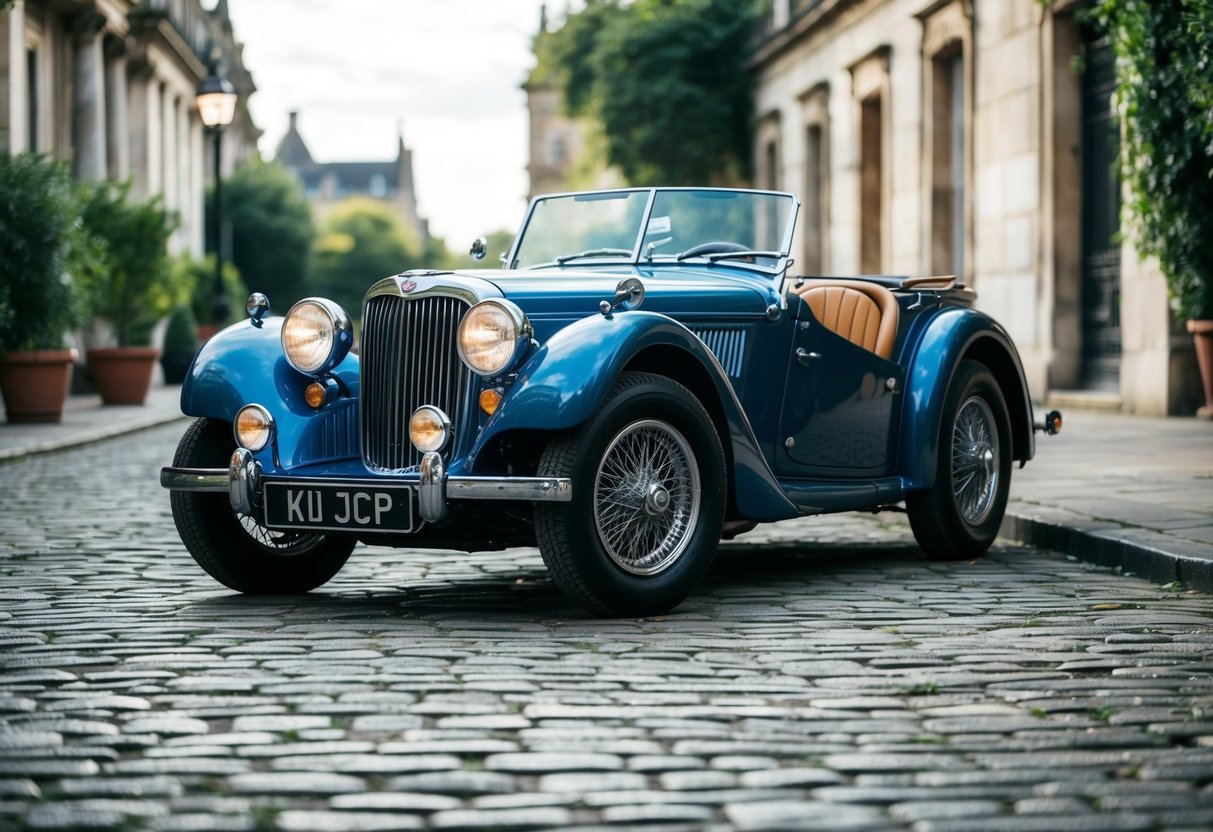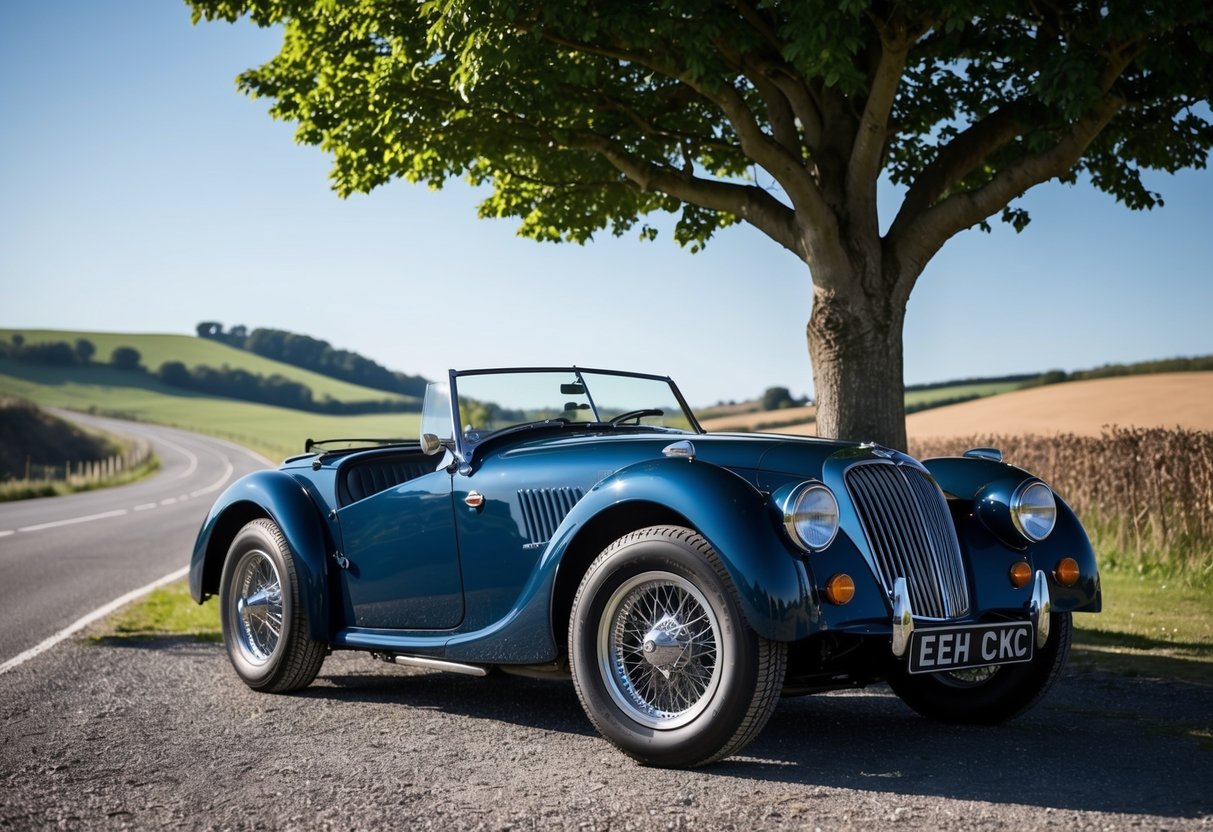
Key Technical Innovations

Classic British roadsters are revered not just for their elegance, but also for their remarkable technical advancements. Innovations like the twin-cam engine and disc brakes set new standards in engineering and performance.
Unique Engineering Triumphs
The engineering ingenuity behind classic British roadsters contributed significantly to their enduring appeal. At the heart of many models was the B-series engine, known for its reliable performance. This engine offered a noteworthy blend of horsepower and torque that provided a spirited driving experience.
Another highlight was their lightweight construction. By using materials such as aluminum alloys, these vehicles managed to achieve both durability and speed, enhancing road performance significantly. This streamlined approach allowed manufacturers to focus on power-to-weight ratios, a crucial aspect that revolutionized how these cars handled on the road.
This era also saw an emphasis on convertible tops, providing drivers with open-air motoring. This feature was more than aesthetic; it reflected a lifestyle choice, blending form with function. These innovations combined engineering knowledge with an intuitive sense of what drivers valued, making these roadsters staples on twisting country roads and bustling city streets alike.
Twin-Cam and Disc Brakes Revolution
Twin-cam technology marked a turning point in performance. This innovative engine design allowed for more efficient air intake and exhaust, translating to increased horsepower. As a result, drivers could enjoy a more responsive and dynamic driving experience. This innovation was not just a technical upgrade; it offered a depth of feel that driving enthusiasts appreciated.
Disc brakes were another groundbreaking innovation, transforming vehicle safety and control. Unlike the drum brakes of the past, disc brakes provided more reliable stopping power, which was particularly beneficial at higher speeds. This advancement gave drivers the confidence to push their vehicles to their limits.
These technological strides ensured that classic British roadsters remained competitive with counterparts worldwide. By prioritizing safety and performance together, these cars stood out, securing their legacy as icons of automotive design and engineering excellence.
British Roadsters in Motorsports
British roadsters have long been a staple of motorsports, known for their remarkable performances and agile handling. Their presence in racing history is marked by a combination of engineering excellence and driving precision.
Triumphs on the Track
In motorsports, British roadsters made significant marks with models such as the Austin-Healey and the Triumph TR6. These icons of design were built with a focus on agility and performance. The TR6, in particular, was celebrated for its smooth handling and power, making it a favorite among drivers.
Austin-Healey’s contribution to motorsports should not be overlooked. Renowned for its sleek design, it offered a driving experience that was both thrilling and reliable on the track. British sports cars became synonymous with racing success as they showcased not only speed but also an adeptness at handling curves with ease, carving out a distinct niche in the racing circuits of their time.



